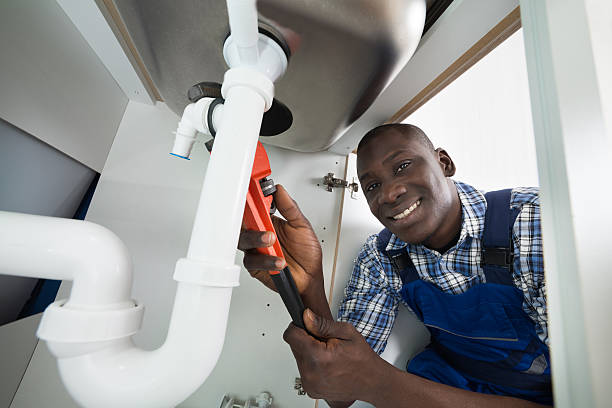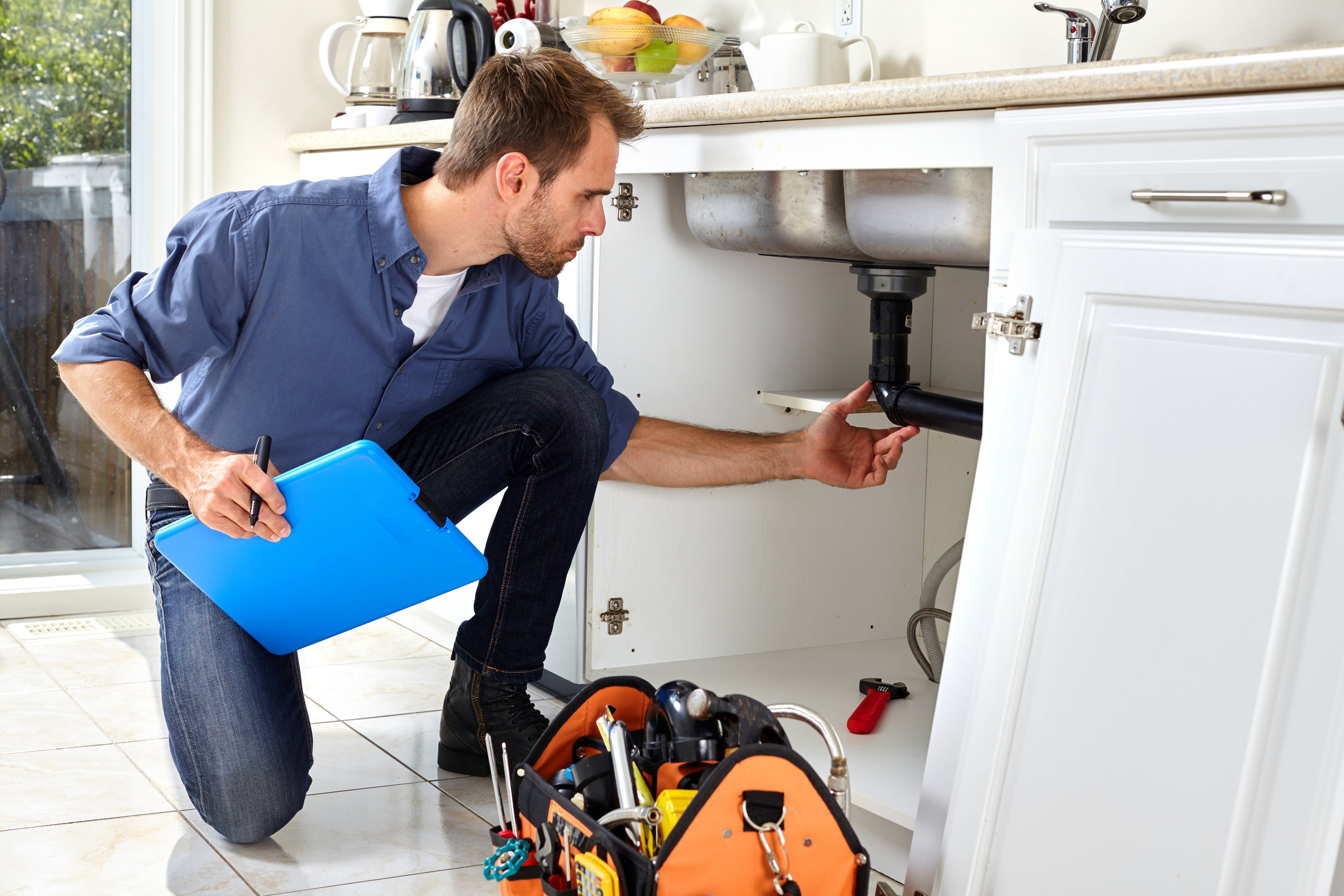Comprehensive Plumbing Alabaster AL Solutions for Your Home
Comprehensive Plumbing Alabaster AL Solutions for Your Home
Blog Article
A Step-by-Step Guide to Efficient Water Heating System Setup for Ideal Performance
Starting the task of installing a hot water heater is an endeavor that demands precision and an organized method for achieving optimum performance. The procedure starts with the vital decision of picking the proper heater customized to the particular demands of your family, considering variables such as energy, dimension, and type resource. Once picked, preparing the installation location to satisfy safety and security criteria is vital. However, the trip does not end here. As you proceed, the details of connecting water lines and establishing reliable electrical or gas links await, appealing understandings into guaranteeing performance and reliability.
Choosing the Right Water Heating Unit

Next, think about the dimension and ability of the hot water heater. It's vital to evaluate your family's warm water demands, which can vary based on the number of residents and their usage patterns. A system that's also tiny might lead to inadequate hot water, while a large version might lead to unnecessary energy consumption.
Efficiency ratings likewise play an essential function in choice. Try to find hot water heater with high Power Aspect (EF) scores, suggesting remarkable efficiency and minimized energy usage. Tankless versions, though generally much more costly in advance, offer substantial power financial savings gradually because of their on-demand heating capabilities.
Preparing the Installation Location
Before mounting a new water heating system, precise prep work of the installation location is important. It's critical to determine the room meticulously to suit the water heater's measurements, ensuring appropriate clearance around the device for effective procedure and maintenance.
Next, eliminate any type of particles, dirt, or blockages from the site to create a clean atmosphere. Inspect the flooring for security, as the water heating system will need a solid, level surface to operate efficiently. If needed, mount a drip frying pan under the device to capture possible leakages or spills, preventing water damages to the surrounding location. In areas vulnerable to seismic task, take into consideration mounting seismic bands to safeguard the heating system strongly in position.
Additionally, ensure that all essential devices and materials are on hand before starting the installment. This consists of items such as wrenches, screwdrivers, a level, and any kind of added equipment required for safeguarding the heating unit and installing. A well-prepared setup area sets the foundation for an effective hot water heater configuration, optimizing performance and safety and security.
Connecting Water Lines
When linking supply of water lines to your freshly set up hot water heater, it is critical to make certain that all links are protected and leak-free to preserve efficient procedure and avoid water damages. Begin by determining the cold and warm water system lines. The cold water inlet is typically noted with a blue tag or a "C", while the hot water electrical outlet is marked with a red tag or an "H".
Use versatile water heating system adapters to assist in a less complicated installation process. Prior to affixing the adapters, put a plumber's tape around the threaded ends of the water heater's inlet and electrical outlet pipes.
Once links remain in area, slowly transform on the primary water supply shutoff. Evaluate each connection for leakages by aesthetically examining and really feeling for dampness. Tighten up links as essential, and make certain the stress alleviation shutoff is appropriately mounted, securing versus extreme pressure build-up.
Setting Up Electrical or Gas Links
Effectively establishing up the electric or gas links for your water heating unit is a vital action to make sure efficient and safe procedure. For electrical hot water heater, begin by verifying that the electric circuit navigate here works with the heating unit's voltage and amperage requirements. Ensure the power supply is shut off at the breaker to avoid accidents. Connect the electric cables to the heater adhering to the maker's electrical wiring diagram. Typically, this entails linking the ground wire to the environment-friendly terminal, and the staying wires to their equivalent terminals, protecting each with wire nuts.
For gas water heating systems, security is extremely important. Verify that the gas supply is off prior to proceeding. Link the gas line to the water heater making use of a versatile gas adapter, ensuring it is effectively threaded and sealed with pipeline joint substance or Teflon tape appropriate for gas links. Tighten the links with a wrench, taking treatment not to over-tighten (Plumbing Services Alabaster AL).
Once connections are made, evaluate for any type of possible leaks. For gas lines, use a soapy water solution to the joints; bubbles suggest a leakage. For electrical links, ascertain that all wiring is safe and secure and correctly shielded, More Help keeping compliance with regional electrical codes.
Readjusting and testing for Effectiveness
With the electric and gas connections safely in position, the next step is examining the functional performance of your water heating unit. Begin by meticulously turning on the water and making certain there are no leakages at any of the joints or shutoffs. As soon as validated, continue to fill the tank, taking notice of the stress and temperature level settings. It is suggested to establish the thermostat to a suggested temperature of around 120 ° F(49 ° C) to balance energy performance and convenience.
Following, do a detailed examination to make sure the heating components or burner are working correctly. For electrical heaters, use a multimeter to verify if the components are drawing the appropriate present. In gas models, observe the heater flame; it needs to be blue and over at this website consistent, showing effective burning.
Adjust the setups as required to remove ineffectiveness. Consider carrying out insulation measures, such as including a hot water heater covering, to even more boost performance by decreasing heat loss. In addition, check the anode rod's problem, as a worn-out rod can minimize efficiency and cause tank deterioration.
Conclusion
Effective water heating system installment is essential for making sure optimum efficiency and power financial savings. Securely connecting water supply lines and thoroughly setting up electric or gas connections reduce prospective concerns.

Properly setting up the electrical or gas links for your water heating system is a critical step to make sure efficient and risk-free procedure. For electric water heaters, begin by confirming that the electric circuit is suitable with the heating unit's voltage and amperage demands. Attach the gas line to the water heater using a versatile gas adapter, guaranteeing it is properly threaded and sealed with pipeline joint substance or Teflon tape suitable for gas links.
Report this page